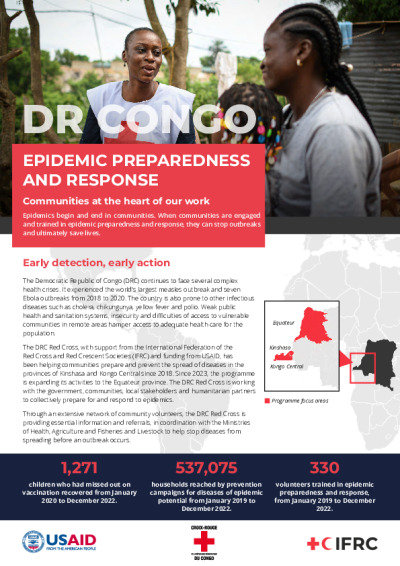
A Comprehensive Approach to Epidemic Preparedness and Response
Epidemic preparedness and response are integral components of public health strategies, essential for safeguarding communities against the threat of infectious diseases. In this exploration, we delve into the key aspects that make a comprehensive approach to epidemic preparedness and response effective.
Early Warning Systems and Surveillance
The cornerstone of epidemic preparedness is early detection. Robust surveillance systems, equipped with advanced technology, allow health authorities to identify potential outbreaks swiftly. Early warning systems provide the lead time needed to implement targeted interventions and mitigate the spread of infectious agents.
Strategic Planning and Resource Allocation
Preparedness is not just about early detection; it’s also about having a well-thought-out strategy. Strategic planning involves anticipating potential scenarios, allocating resources efficiently, and establishing clear lines of communication. This proactive approach ensures that healthcare systems are well-equipped to handle the surge in cases during an epidemic.
Community Engagement and Education
Empowering communities with knowledge is a powerful tool in epidemic response. Educating the public about preventive measures, the importance of vaccination, and early symptoms fosters a sense of shared responsibility. Community engagement initiatives create a supportive environment where individuals actively participate in epidemic control efforts.
Healthcare Infrastructure and Capacity Building
A robust healthcare infrastructure is fundamental for an effective response. Building and maintaining the capacity to handle increased patient loads, securing adequate medical supplies, and ensuring healthcare professionals are well-trained are vital components of epidemic preparedness. A resilient healthcare system is better positioned to navigate the challenges posed by an epidemic.
International Collaboration and Information Sharing
In an interconnected world, international collaboration is paramount. Sharing information, research findings, and resources across borders strengthens the global response to epidemics. Collaborative efforts facilitate a more coordinated approach, allowing nations to learn from each other’s experiences and pool resources for a collective response.
Research and Development for Rapid Interventions
Epidemic preparedness includes continuous research and development efforts. Investing in the discovery of new treatments, diagnostic tools, and vaccines is crucial. Rapid interventions, informed by the latest scientific advancements, contribute to the swift containment of infectious diseases.
Communication Strategies for Transparency
Transparent communication is a linchpin in epidemic preparedness and response. Clear and timely communication builds trust within communities and reduces misinformation. Developing effective communication strategies ensures that the public is well-informed, leading to greater compliance with recommended guidelines.
Government Leadership and Policy Implementation
Effective leadership and decisive policy implementation are central to epidemic preparedness. Governments play a pivotal role in coordinating response efforts, enacting policies that prioritize public health, and providing the necessary support for healthcare systems. Well-defined leadership ensures a cohesive and organized response.
Adaptive Response and Continuous Learning
Epidemics are dynamic, and preparedness requires an adaptive mindset. Learning from each epidemic and continuously refining response strategies is imperative. The ability to adapt to emerging challenges ensures that preparedness measures remain relevant and effective over time.
Epidemic Preparedness and Response: Navigating the Future Together
To explore further insights and resources on epidemic preparedness and response, visit Epidemic Preparedness and Response.
This link serves as a gateway to a wealth of information, fostering a culture of continuous learning and collaboration. By staying informed and united in our approach, we can navigate the future of epidemic preparedness and response with resilience and collective strength.













